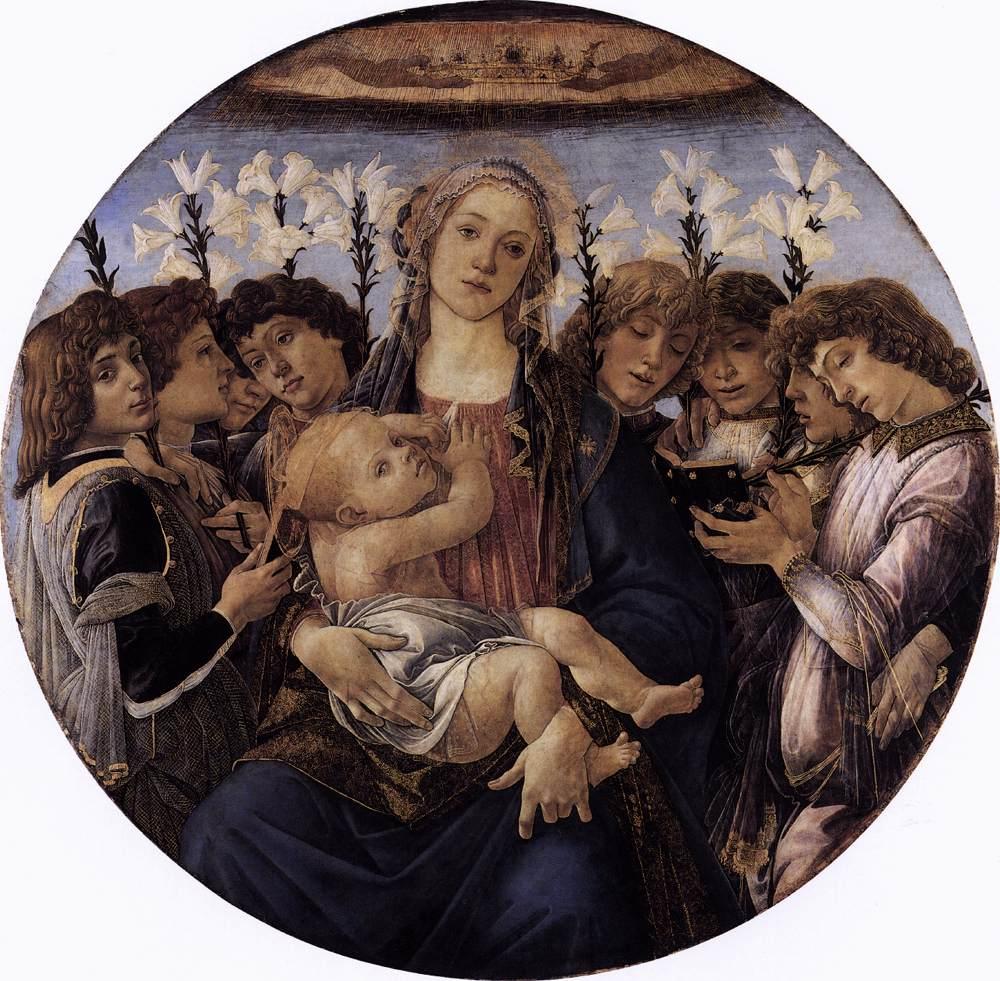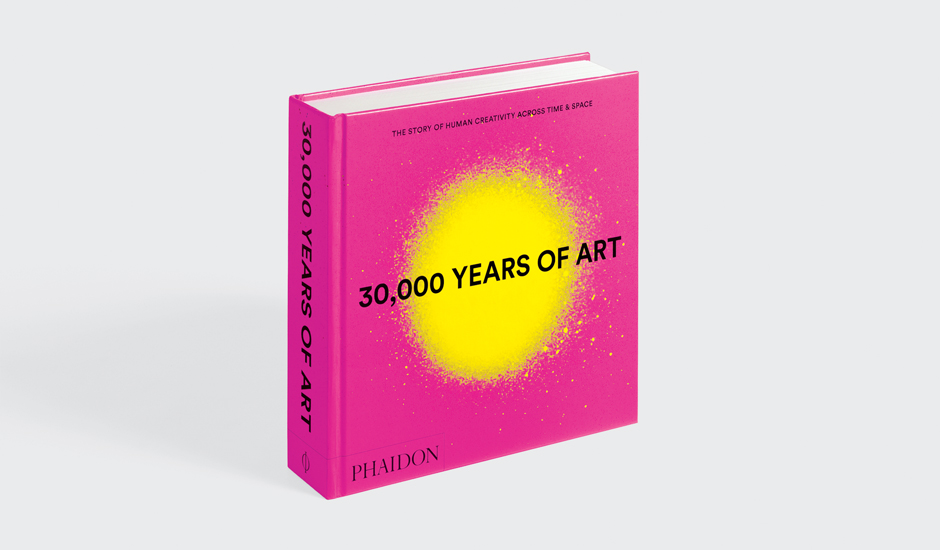
Did Botticelli burn his greatest paintings?
Today marks the anniversary of the Bonfire of the Vanities. Could the artist have stoked the fire with his own work?
We don’t know a lot about Botticelli. “Largely forgotten by the time of his death in 1510, the enigmatic works of Alessandro di Mariano Filipepi, known as Botticelli (‘Little Barrel’), were fully rediscovered only in the nineteenth century by the English critic Walter Pater,” our book, 30,000 Years of Art, explains.
“There are few known biographical details on the artist, but we do know that he became a favourite of Lorenzo de’ Medici in Florence, and was given several commissions, including the famous Primavera (1478) and the Birth of Venus (1486).” However, some sources suggest that we may have been more familiar with the artist and his worldly works had Botticelli been a little less keen on the spiritual realm.
Today, 7 February, is the anniversary of the Bonfire of the Vanities, when, in 1497, great piles of mirrors, dice, playing cards, clothes, sculptures, artworks and other luxury goods were burned in Florence’s Piazza della Signoria.
The fires were the work of the Dominican friar Girolamo Savonarola, who, as Noah Charney explains in his book, The Museum of Lost Art, "was by all accounts a hugely charismatic public speaker, and rose in prominence during the Florentine High Renaissance as he preached against corruption in the Catholic Church, exploitation of the poor, and what he saw as the immorality of secular art and culture.”

The Renaissance artist and historian, Giorgio Vasari claimed Botticelli was so moved by the preacher’s rhetoric that he carried some of his own paintings to the square to be burned.
"Primavera (c.1482) and The Birth of Venus (c.1484) both survived only because they were held at the Villa di Castello,” writes Charney, “a Medici country residence outside of Florence and beyond the reach of both Savonarola’s minions and Botticelli himself."
Vasari’s accounts of the lives of the great painters are – by today’s standards – regarded as not wholly reliable. Yet the work above, Madonna and Child with Eight Angels, certain “is a testament to his ability to portray the most serene of Madonnas,” as 30,000 Years of Art observes. Could that holy serenity also have inspired wanton destruction?
For more on Botticelli's place in art history, get 30,000 Years of Art. For more on the art lost to the world, order a copy of The Museum of Lost Art here; and for more on Botticelli, take a look at this book.